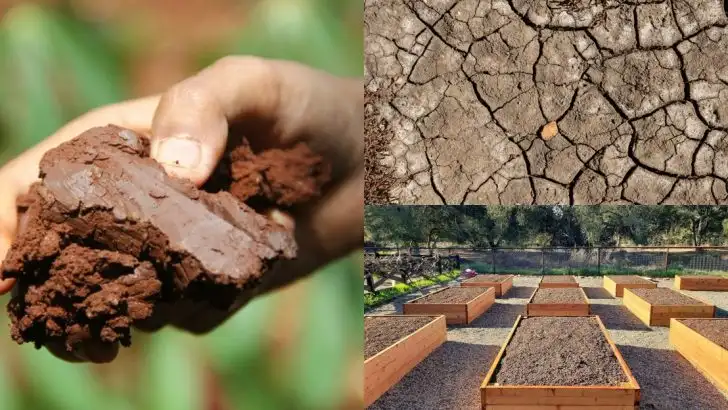Stop everything—your soil might be plotting a rebellion! Before you toss seeds and hope for magic, take a hard look at your dirt. Not every patch of earth is a fertile wonderland. Hidden clues could mean trouble for your garden before it even begins. Deep down, issues like poor drainage or stubborn pH imbalances may be waiting to stunt growth. Picture this: you dig eagerly, only to find a barren bed where lush blooms should be. A quick check can save you from a season of wasted time and plant despair. Each red flag tells you that a little soil tuning now will pay off in vibrant blooms later. Roll up your sleeves and get detective on that soil. Uncover these 13 red signals before April arrives and set the stage for a garden that truly thrives.
Compacted Soil
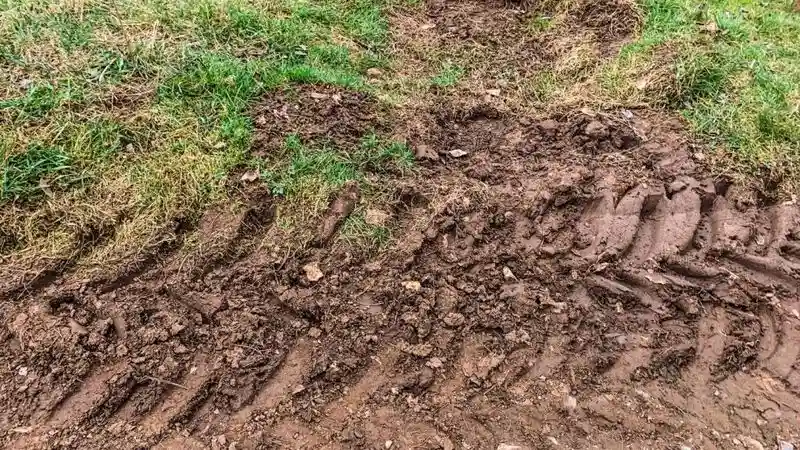
The ground feels like concrete beneath your shovel. Compacted soil can suffocate roots, leading to stunted plant growth. This issue often arises in high-traffic areas or where heavy machinery has been used. To improve soil structure, aerate the ground by digging or using a garden fork. Incorporating organic matter such as compost can also help. Remember, loose, crumbly soil is your plant’s best friend, ensuring air and water reach the roots effectively. If you’ve struggled to break ground, it’s time to give your soil some breathing space.
Poor Drainage
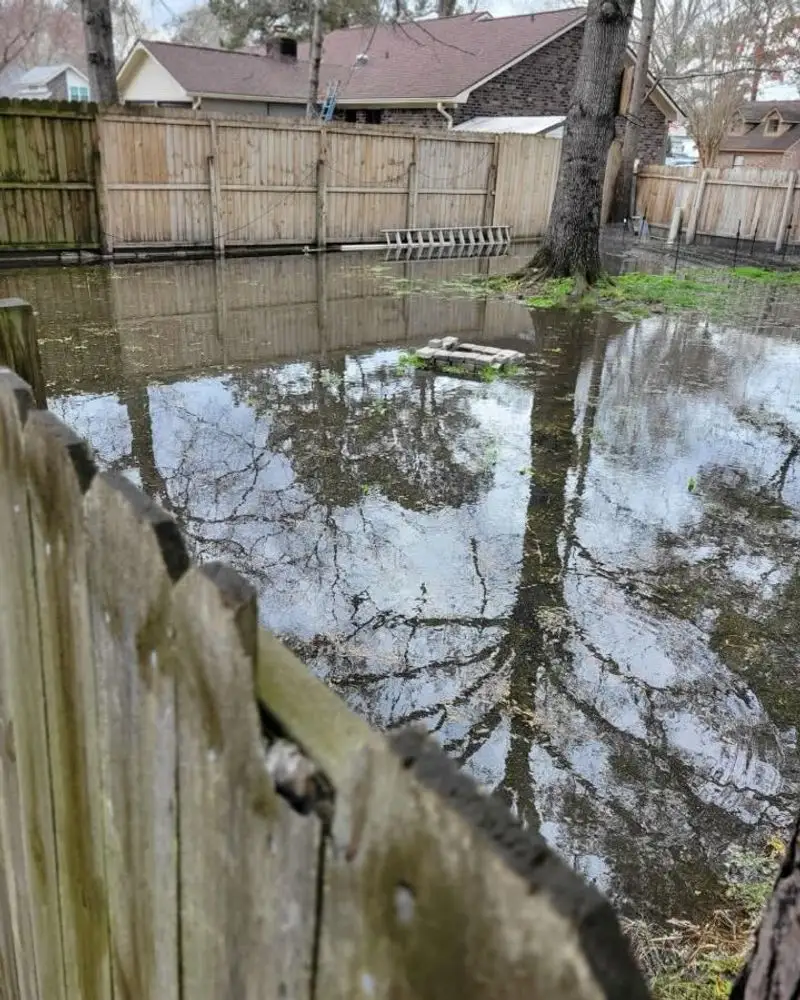
Notice that your garden turns into a small pond after rain? Poor drainage can drown plants, depriving them of oxygen. This issue could be due to clay-heavy soil or improper grading. To test, dig a small hole and fill it with water. If it doesn’t drain within a few hours, you’ve got a problem. Raised beds or amending soil with sand and organic matter can improve drainage. Ensure your garden is not in a low spot where water accumulates.
Sandy Soil
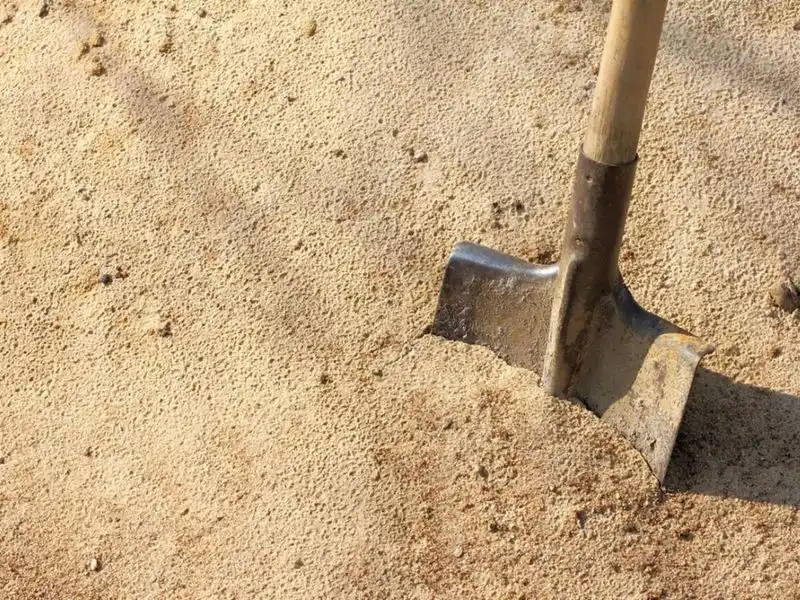
Sandy soil drains too quickly, leaving plants thirsty. It’s characterized by its grainy texture and inability to retain nutrients. While it warms up faster in spring, which benefits early planting, it requires frequent watering and fertilization. Adding organic matter can enhance its water-holding capacity, making it more conducive for plant growth. Recognizing the challenges of sandy soil helps in choosing the right plants, such as drought-tolerant varieties that thrive in these conditions.
Clay Soil
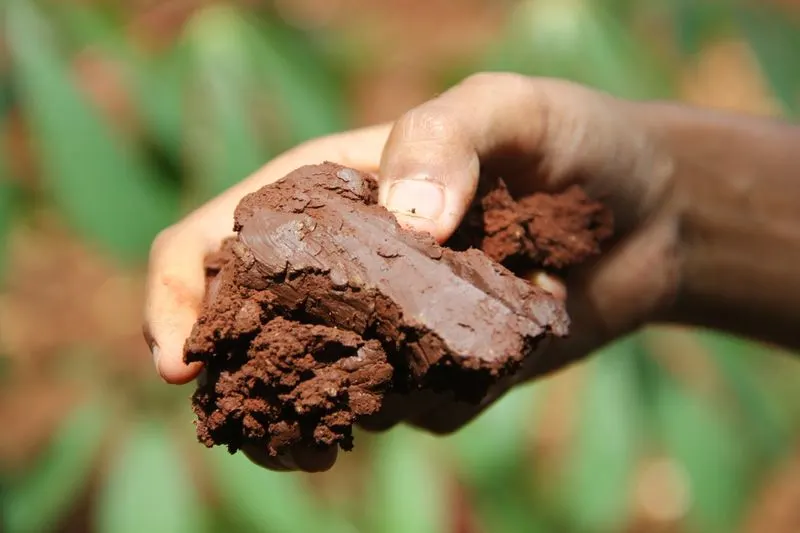
Clay soil feels sticky when wet and hard when dry, making it a challenge for gardeners. It’s dense nature impedes water and air movement, which are vital for root health. However, when managed correctly, clay soils can be fertile. Improve its structure by adding gypsum and organic matter, such as well-rotted manure. Avoid working with it when too wet, as this only compacts it further. Understanding its properties helps in selecting the right amendments and plants suited to thrive in such conditions.
Acidic Soil

If you notice rhododendrons or blueberries thriving, you might have acidic soil, which is often found in regions with high rainfall. It’s vital to conduct a soil pH test to confirm. Acidic soil can hinder nutrient uptake for some plants, necessitating the addition of lime to raise the pH. However, for acid-loving plants, this environment is ideal. Understanding your soil’s pH can guide plant selection and amendment strategies, leading to healthier growth and blooms.
Alkaline Soil
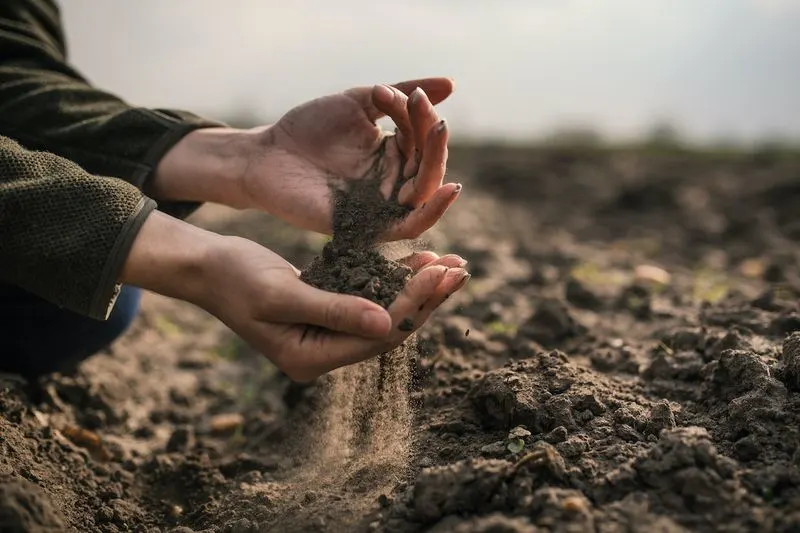
When plants show signs of nutrient deficiency despite fertilization, consider testing for alkaline soil. This type of soil often results in yellowing foliage due to poor nutrient availability, particularly iron. To lower pH, incorporate sulfur or organic matter like composted leaves. Certain plants, like lavender and lilacs, enjoy alkaline conditions, so adapt your planting strategy accordingly. Remember, matching your soil’s pH to plant preferences can make all the difference.
Saline Soil

Saline soil often presents itself with a white crust on the surface, especially in arid and coastal areas. This salt buildup restricts plant growth by affecting water uptake and can cause leaf burn. Leaching with fresh water and incorporating organic matter can help mitigate salt levels. Opt for salt-tolerant plants if you can’t significantly alter the soil. Recognizing saline soil issues early allows for timely interventions, ensuring your garden remains productive.
Nutrient Deficiency
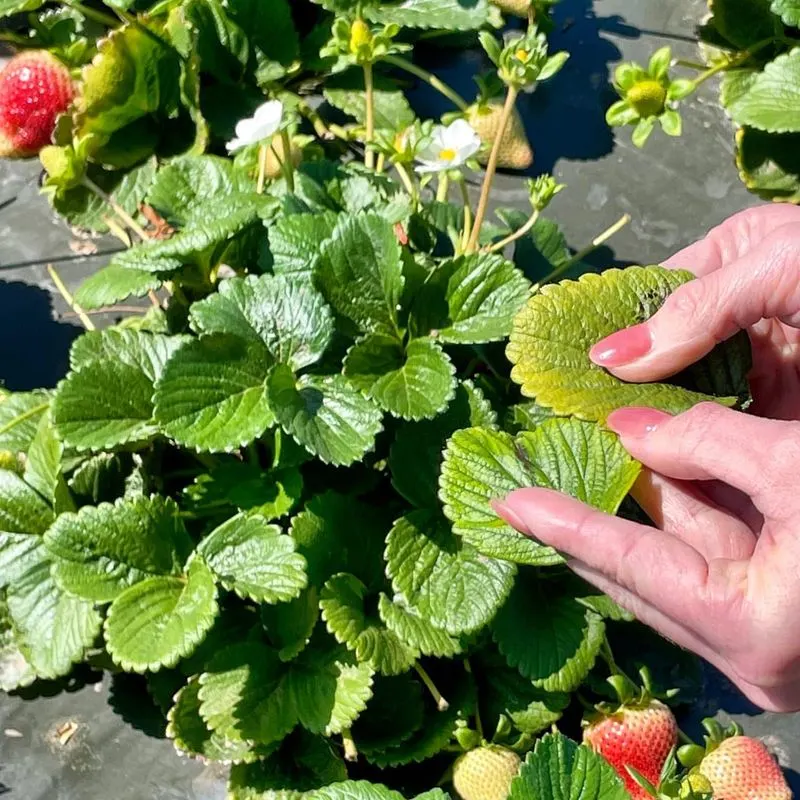
Yellowing leaves or poor growth might indicate a lack of essential nutrients. Conducting a soil test can pinpoint specific deficiencies, allowing for targeted fertilization. Incorporate organic fertilizers or amendments like compost to replenish nutrients. Rotate crops and use cover crops to maintain soil health. Understanding nutrient needs and soil conditions ensures robust plant growth and bountiful harvests. Don’t overlook this red flag; proactive management can transform your garden’s productivity.
Soil Erosion
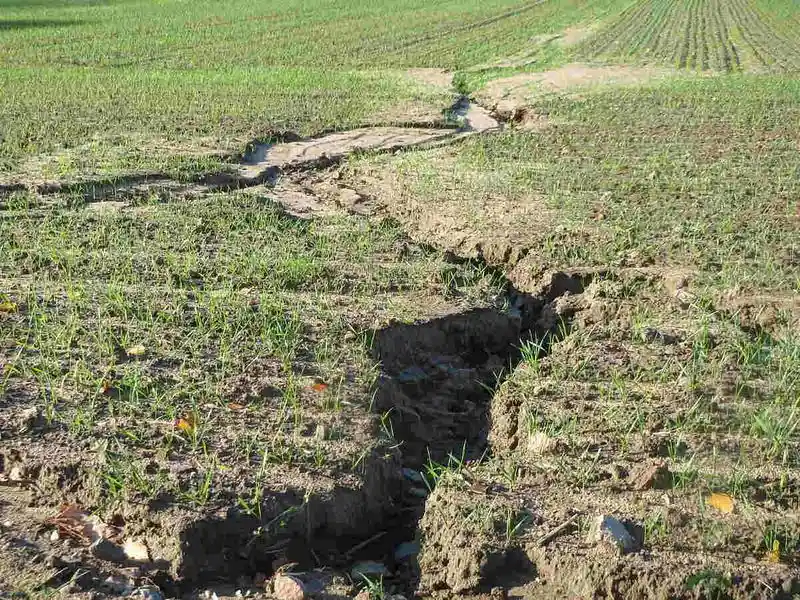
Soil erosion can strip away the fertile top layer, leaving plants vulnerable. On slopes, exposed roots are a telltale sign. To combat erosion, plant ground covers or use mulch to protect the soil. Terracing or building retaining walls can also prevent loss in sloped areas. Healthy soil structure and coverage are key to preventing erosion. Investing in erosion control not only preserves your garden’s fertility but also enhances its resilience against environmental changes.
Contaminated Soil
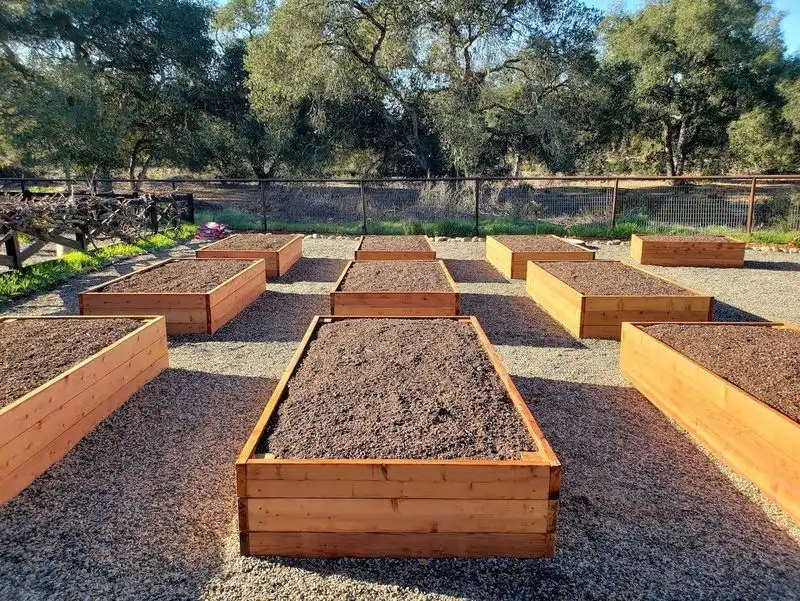
In urban settings, soil contamination is a real concern, often from past industrial activities. Testing is crucial to identify heavy metals or pollutants. Raised beds with clean soil or containers can mitigate risks if contamination is detected. Select plants that can help phytoremediation, absorbing contaminants. Ensuring your soil is safe to plant in protects both your garden’s health and your own well-being. Awareness and proactive measures are vital in managing this urban gardening challenge.
Soil Compaction from Overwatering

Overwatering can lead to compacted soil, reducing aeration and root growth. The soil may feel heavy, with a sheen of water on top. This condition can suffocate roots, leading to plant stress. To prevent this, ensure proper drainage and only water when necessary. Amending with organic matter can improve soil aeration. Understanding the balance between soil moisture and structure is essential for healthy plants. Monitoring watering habits and soil conditions can significantly enhance garden vitality.
Soil Fungal Growth
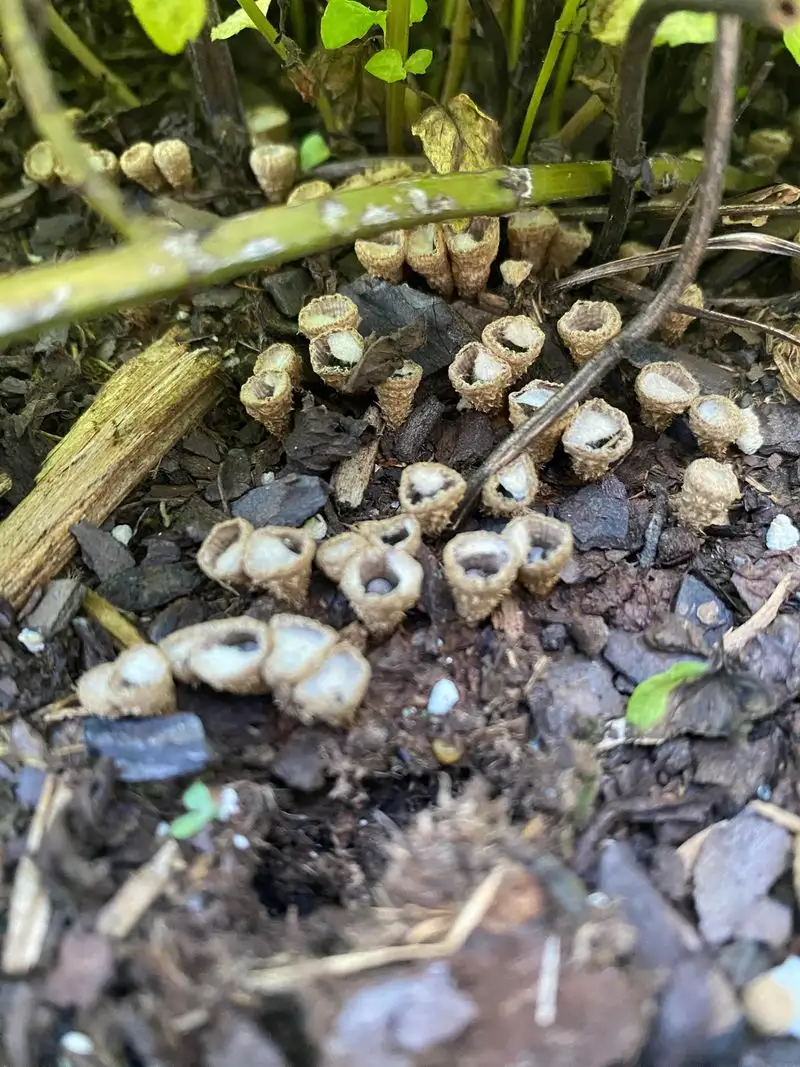
Spotted mushrooms or fungal growth? While some fungi are beneficial, excessive growth can indicate poor soil health and drainage issues. It may also suggest decaying organic matter beneath the surface. Improving drainage and removing excess debris can help manage fungal growth. Consider introducing beneficial fungi to outcompete harmful varieties. Recognizing and managing fungal issues early ensures a balanced ecosystem in your garden, supporting healthy plant life.
Soil Temperature
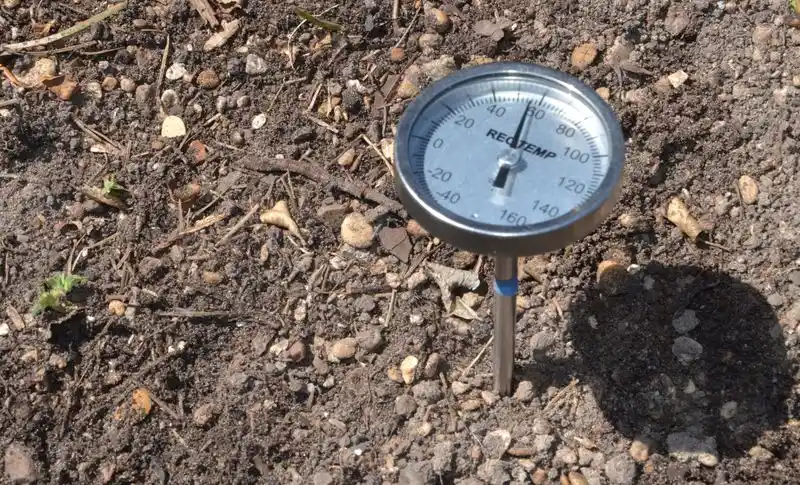
Soil temperature plays a crucial role in seed germination and root development. If it’s too cold, seeds might not sprout. Use a soil thermometer to check; for most plants, a minimum of 50°F is needed. Black plastic mulch can help warm the soil in early spring. Warm soil accelerates microbial activity, enhancing nutrient availability. Understanding and optimizing soil temperature can significantly impact your planting success. Preparing for temperature variations ensures a thriving start to your garden season.

